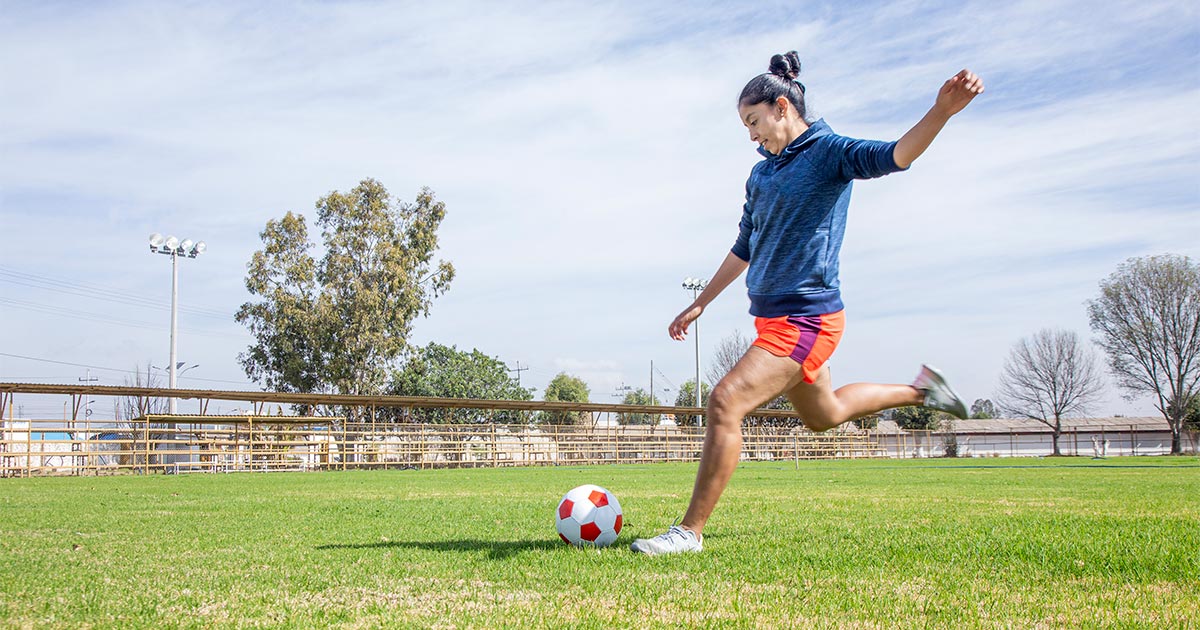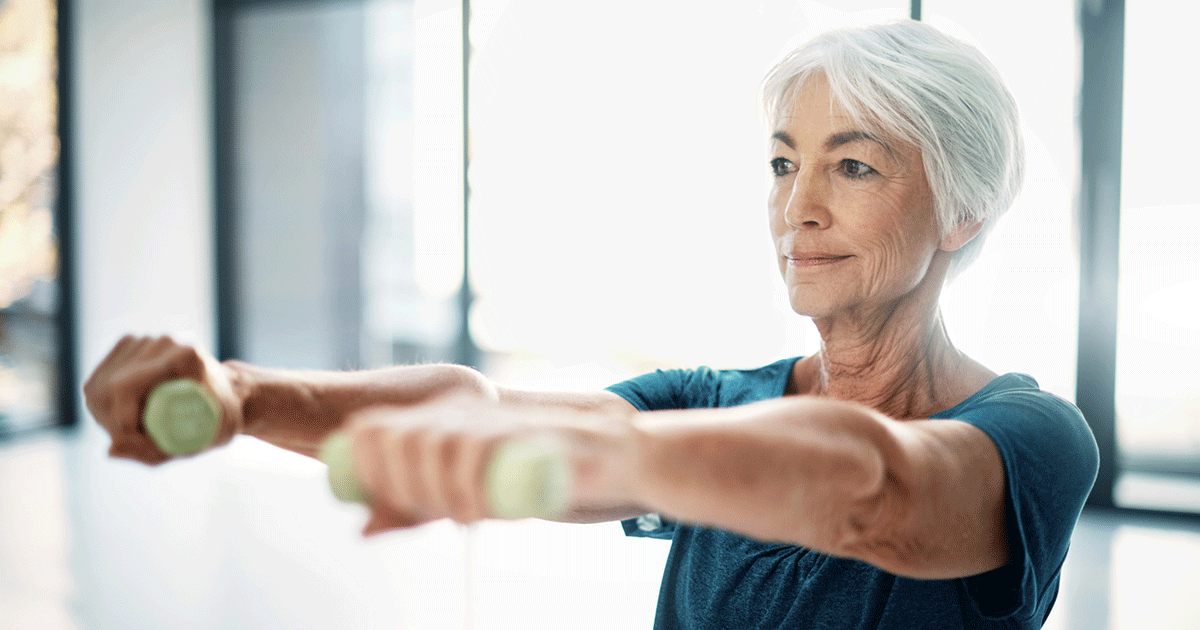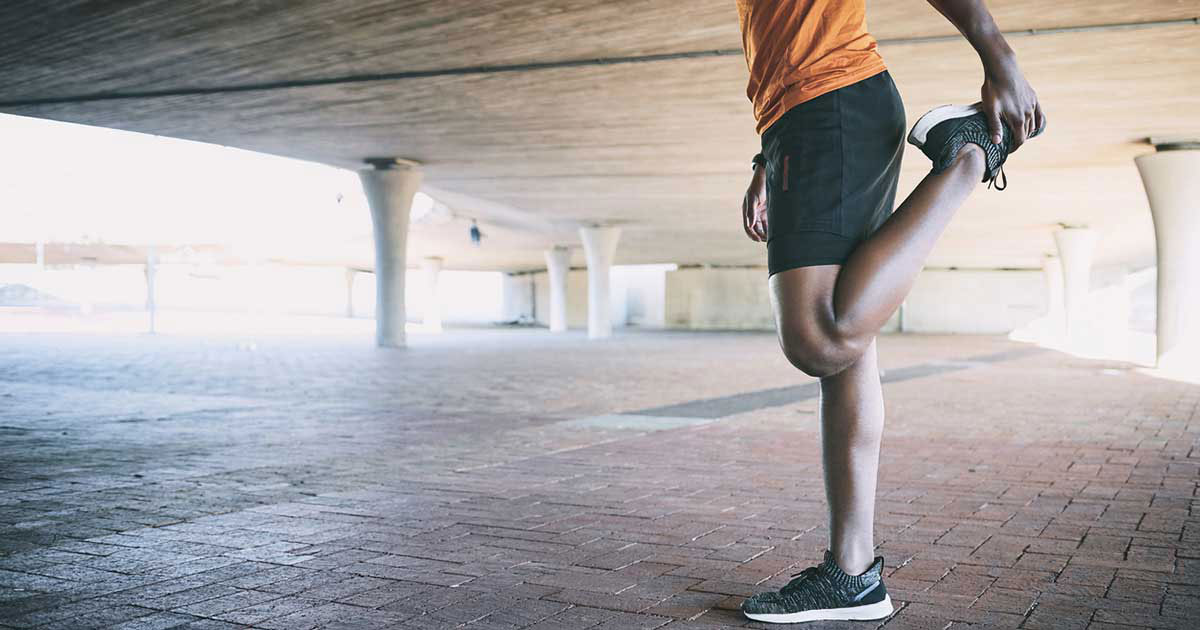Why Women Are at Higher Risk for Getting Arthritis
Advice to improve your movement, fitness, and overall health from the world's #1 in orthopedics.
Osteoarthritis (OA), a painful condition that involves the breakdown of a joint, is not an equal-opportunity disorder: It appears to favor women, particularly after menopause. Take, for example, the occurrence of knee OA. In people 40 to 49 years old, about 10% of women and 7% of men have knee OA. Between 60 to 69 years, that prevalence rises to 35% in women and 19% in men. “There appears to be a sharp increase in osteoarthritis rates around age 50 years in women, while this increase is not seen in men,” says Jaclyn McKenna, MD, a primary sports medicine physician at HSS. “Then after about 70 years of age, the incidence of osteoarthritis becomes similar again.”
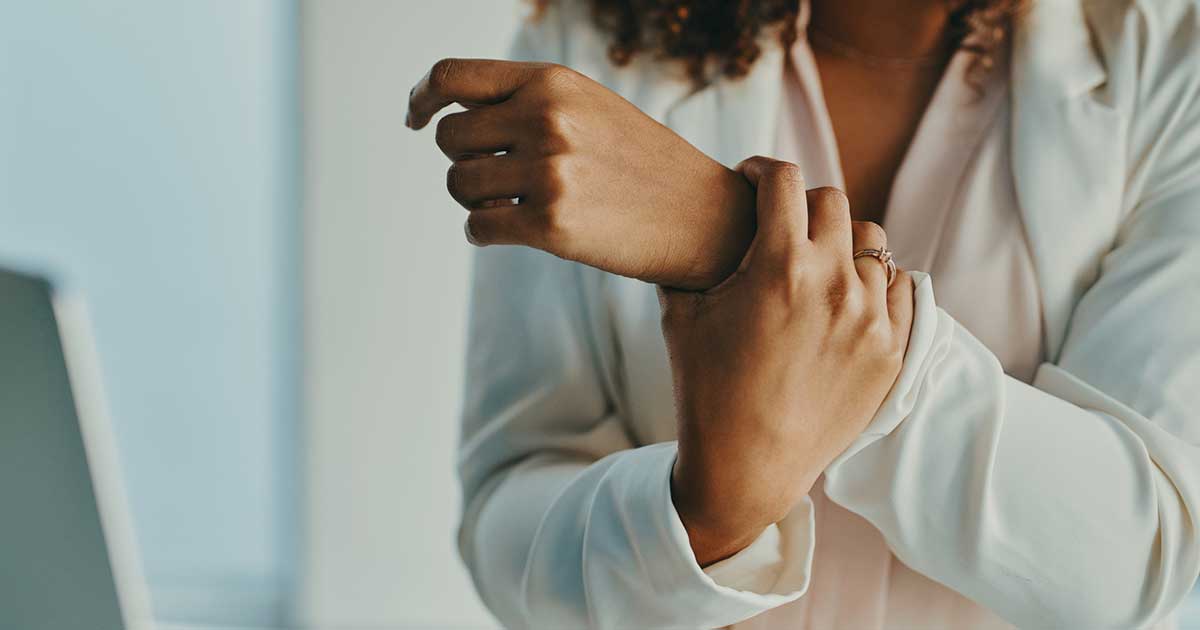
Why the difference? “It is still unclear,” says Dr. McKenna, “but the disparity is likely due to combination of factors.” She shares more on some possible explanations below.[1]
Weight
By far the most important risk factor for OA, in women or men, is obesity, says Dr. McKenna. “Not only is there increased stress on the joints, but there are likely inflammatory factors related to obesity that also contribute to the progression of osteoarthritis,” she adds [2]. Weight gain is common during menopause, so this may partially explain the rise in OA seen in women during that period. But even when controlled for body mass index (BMI), women experience cartilage loss at a higher rate than men, Dr. McKenna says [3,4].
Anatomy
Another possible explanation is anatomical: Because women have wider hips than men, this can place a slightly greater load on the outer portion of the knee. However, studies suggest that limb alignment itself does not account for the observed differences between women and men, Dr. McKenna says [2].
Women are also more likely to develop a condition called patellofemoral syndrome, in which the kneecap (patella) does not glide smoothly over the joint and instead rubs against the lower part of the thighbone (femur), resulting in pain. “This can be associated with bony malalignment, in which the bones don’t line up correctly; looseness in the knee joint; or decreased muscle strength,” says Dr. McKenna. This constant rubbing of the kneecap on the thighbone causes wear and tear that can progress to arthritis.
“While we know that knee-muscle weakness is common in patients with osteoarthritis, the cause-effect relationship between weakness and knee osteoarthritis is not clear,” she adds. “Also, this association occurs in similar rates for men and women [2].”
Hormones
Because the prevalence of OA in women increases around the time of menopause, hormonal factors likely also play a role, Dr. McKenna says. “We know that periods of increased estrogen levels, such as during the active phase of the menstrual cycle or during pregnancy, are associated with increased looseness in the knee joint[5].” Additionally, estrogen and other hormones seem to play an important role in inflammatory or chondrocyte metabolism pathways[6]. Research exploring the influence of hormones on osteoarthritis is continuing.
Sports
Another theory relates to sports injuries. Female athletes experience anterior cruciate ligament (ACL) tears at a higher rate than males, and ACL tears are associated with an increased risk of osteoarthritis, even after surgical repair. One study found that among female soccer players who sustained ACL injuries, more than half developed x-ray signs of osteoarthritis in the following 12 years [7].
Social and Societal Differences
Finally, gender differences in financial resources, social support, decision-making behavior, and access to care may also contribute to the differences in OA development between women and men, says Dr. McKenna [8]. “Interestingly, women tend undergo joint replacement surgery at a more advanced disease stage compared to their male counterparts,” she adds [9].
How Women Can Prevent and Manage Risk for Osteoarthritis
Women of all ages should take precautions to reduce their risk of developing osteoarthritis or, if they already have it, to manage it well:
- Keep yourself at a healthy weight.
- Include exercise in your daily routine.
- Stay strong and flexible to reduce your risk of injury.
- See your doctor to determine the best treatment if you are experiencing arthritis symptoms.
Citations:
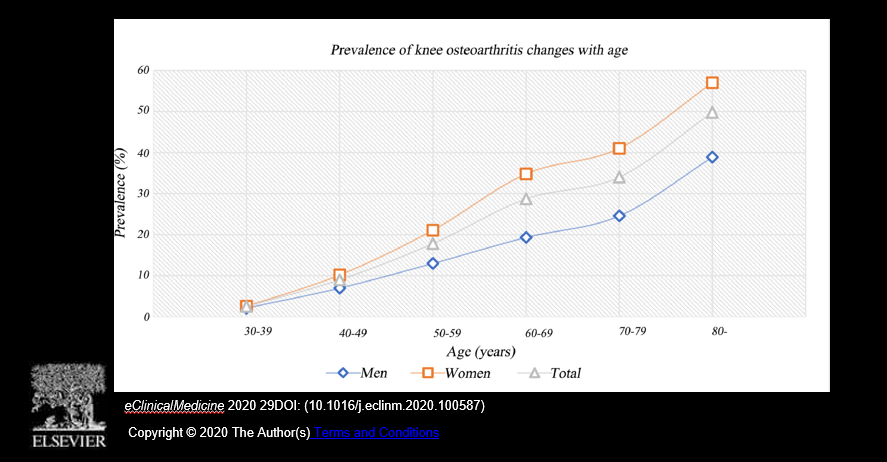
[1] Cui A, Li H, Wang D, Zhong J, Chen Y, Lu H. Global, regional prevalence, incidence and risk factors of knee osteoarthritis in population-based studies. EClinicalMedicine. 2020;26;29-30:100587.
[2] Nicolella, D.P., O’Connor, M.I., Enoka, R.M. et al. Mechanical contributors to sex differences in idiopathic knee osteoarthritis. Biol Sex Differ. 2012; 9(28).
[3] Brennan SL, Cicuttini FM, Shortreed S, Forbes A, Jones G, Stuckey SL, Wluka AE. Women lose patella cartilage at a faster rate than men: a 4.5-year cohort study of subjects with knee OA. Maturitas. 2010;67(3):270-4.
[4] Ferre, Isabella M. MPH; Roof, Mackenzie A. BSc; Anoushiravani, Afshin A. MD; Wasterlain, Amy S. MD; Lajam, Claudette M. MD. Understanding the Observed Sex Discrepancy in the Prevalence of Osteoarthritis. JBJS Reviews. 2019; 7(9):p e8.
[5] Shultz SJ, Sander TC, Kirk SE, Perrin DH. Sex differences in knee joint laxity change across the female menstrual cycle. J Sports Med Phys Fitness. 2005 Dec;45(4):594-603.
[6] Tang J, Liu T, Wen X, Zhou Z, Yan J, Gao J, Zuo J. Estrogen-related receptors: novel potential regulators of osteoarthritis pathogenesis. Mol Med. 2021 Jan 15;27(1):5.
[7] Lohmander LS, Ostenberg A, Englund M, Roos H. High prevalence of knee osteoarthritis, pain, and functional limitations in female soccer players twelve years after anterior cruciate ligament injury. Arthritis Rheum. 2004;50(10):3145-52.
[8] Hawker GA, King LK. The Burden of Osteoarthritis in Older Adults. Clin Geriatr Med. 2022;38(2):181-192.
[9] Tonelli SM, Rakel BA, Cooper NA, Angstom WL, Sluka KA. Women with knee osteoarthritis have more pain and poorer function than men, but similar physical activity prior to total knee replacement. Biol Sex Differ. 2011 Nov 10;2:12
Published 3/6/2024


